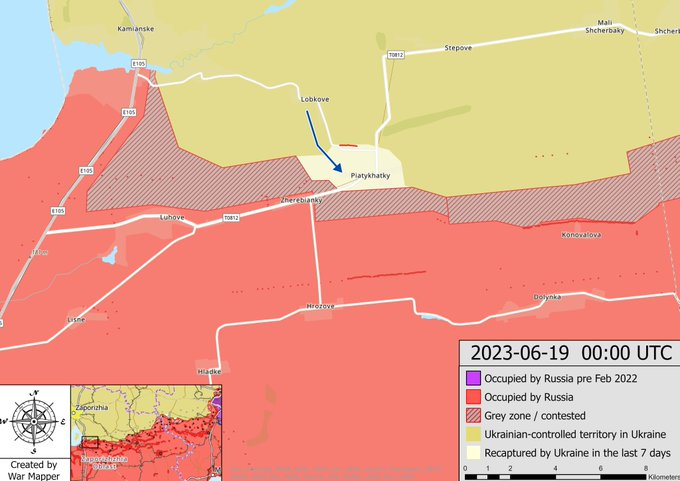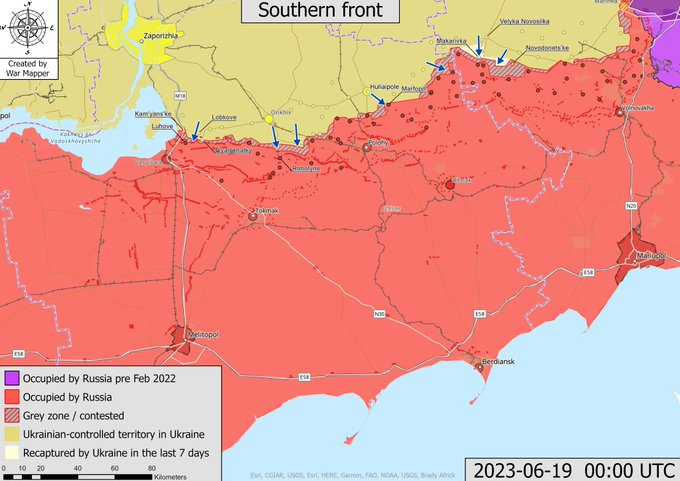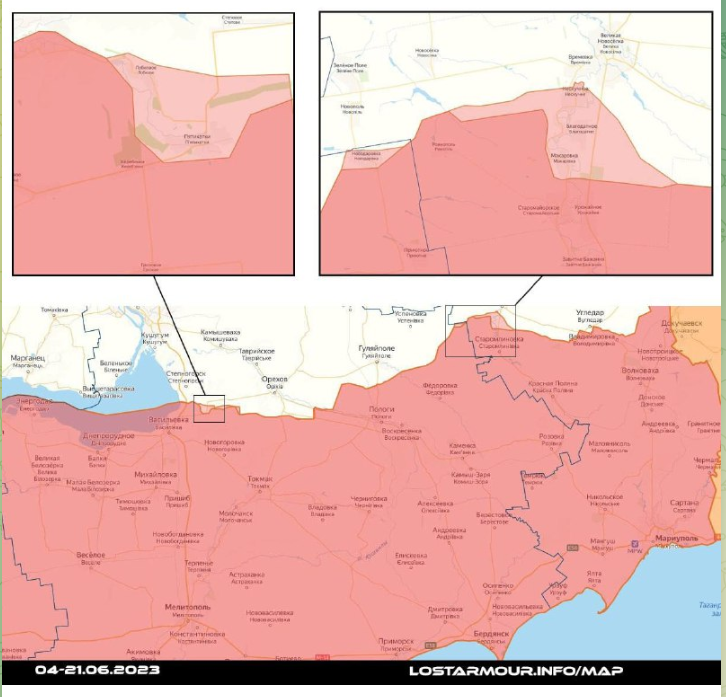

Re: Mariupol
the Russian military’s strategy is to encircle ukrainian units, then allow a corridor for anyone who surrenders weapons/proves they aren’t part of the ukrainian military, particularly azov, but the ukrainian military according to testimonies of some in Donbass and Mariupol are not allowing civilians, particularly Russian speakers from DPR and LPR, to use the russian corridors, finding them more useful as human shields. This would imply that, despite the invasion, Russian federation cares at least a little bit about optics, even if only for cynical reasons.
https://www.reddit.com/link/t9ibhw/video/lyvj5ykj96m81/player






"First they came for the Communists
And I did not speak out
Because I was not a Communist
Then they came for the Socialists
And I did not speak out
Because I was not a Socialist
Then they came for the trade unionists
And I did not speak out
Because I was not a trade unionist
Then they came for the Jews
And I did not speak out
Because I was not a Jew
Then they came for me
And there was no one left
To speak out for me"
Watch for those instances that choose to defederate from the communist instances, for the most effective anti-fascists have been the communists.
10 million fascists were killed, wounded or captured during the Second War War on the eastern front.
Watch for free speech absolutists, centrists, and those who claim to be apolitical. Silence is violence. Scratch a liberal and a fascist bleeds.